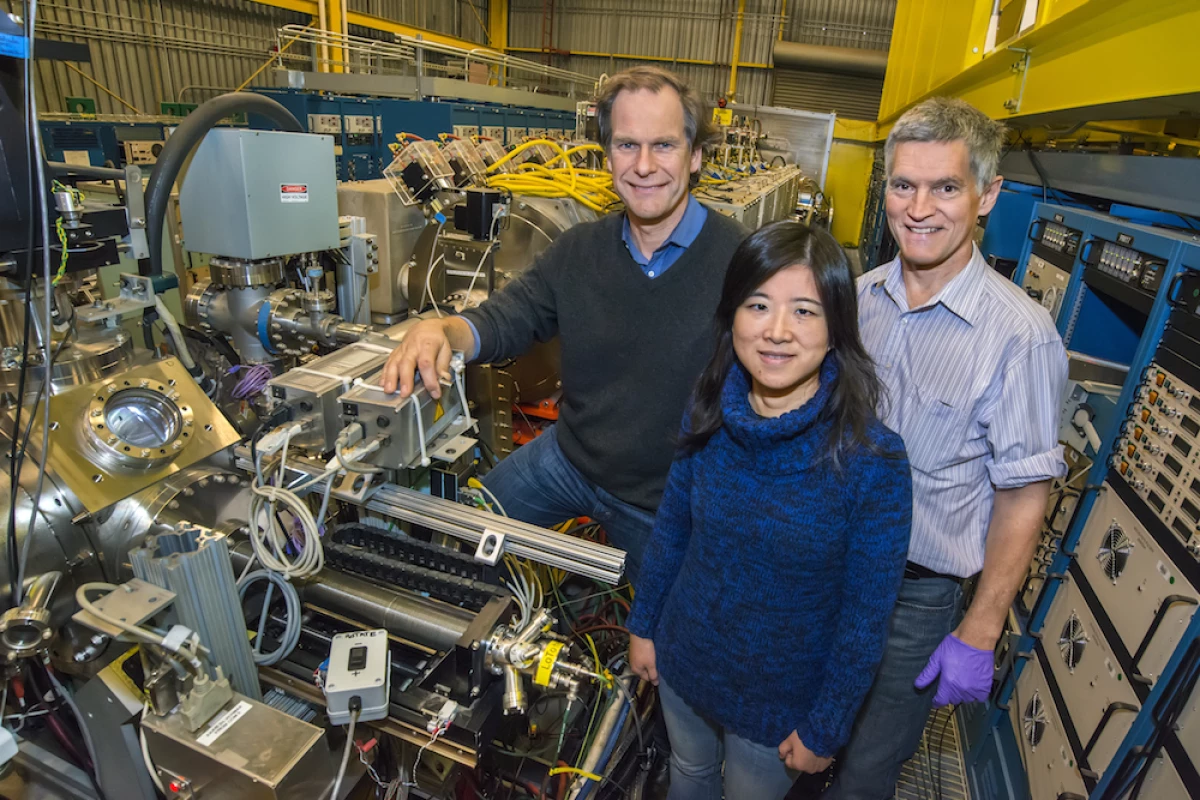An international team of researchers has found a way to control the spin of electrons – from a normal state to excited and back again – in a silicon-based material, and in the process to get them to release microwave photons. The scientists believe their work holds promise for quantum computing as well as improved magnetic resonance imaging.
The researchers implanted bismuth atoms into a purified form of silicon, then placed a superconducting aluminum circuit on top and put all of this inside a copper box. This circuit created a resonant cavity that could be tuned like a musical tuning fork, except that it wasn't set to a harmonic frequency matching a musical note but rather to a microwave resonance that matched the electron spins after they get excited by the circuit.
Study co-author John Morton likened the cavity's effect to buying more lottery tickets to increase your chances of winning; it increased the number of possible excitation states for the electrons, which in turn increased their odds of controlling the electron spin.
The goal was to cause the electrons to change from an excited state to a relaxed one. When this happens, the electrons release their excess energy as microwave photons. These photons might be able to carry quantum information.
The researchers found that their technique releases a microwave photon in about one second, which is several orders of magnitude faster than the natural rate of about once every 10,000 years.
If scientists can now figure out a way to wire up multiple systems for coupling electron spins to microwave photons, they could potentially perform computations and thus serve as the foundation for a spin-based quantum computer architecture.
The researchers believe it may be possible to further accelerate the electron-flipping behavior from one second to a mere millisecond by adjusting the experimental conditions – the materials, temperatures, and pressures involved as well as the process of "doping" the silicon with bismuth atoms.
And even if the system doesn't bear fruit in quantum computing, it may be useful in other scientific research, such as anything that requires nuclear magnetic resonance spectroscopy or dynamic nuclear polarization, as it could improve the sensitivity of these experimental techniques.
The research team consisted of scientists from the French Atomic Energy Commission, the Department of Energy's Lawrence Berkeley National Laboratory, the London Center for Nanotechnology, the Quantum Nanoelectronics Laboratory in Israel, and the Institute of Electronics, Microelectronics and Nanotechnology in France.
A paper describing the research was published in the journal Nature.
Source: Berkeley Lab





